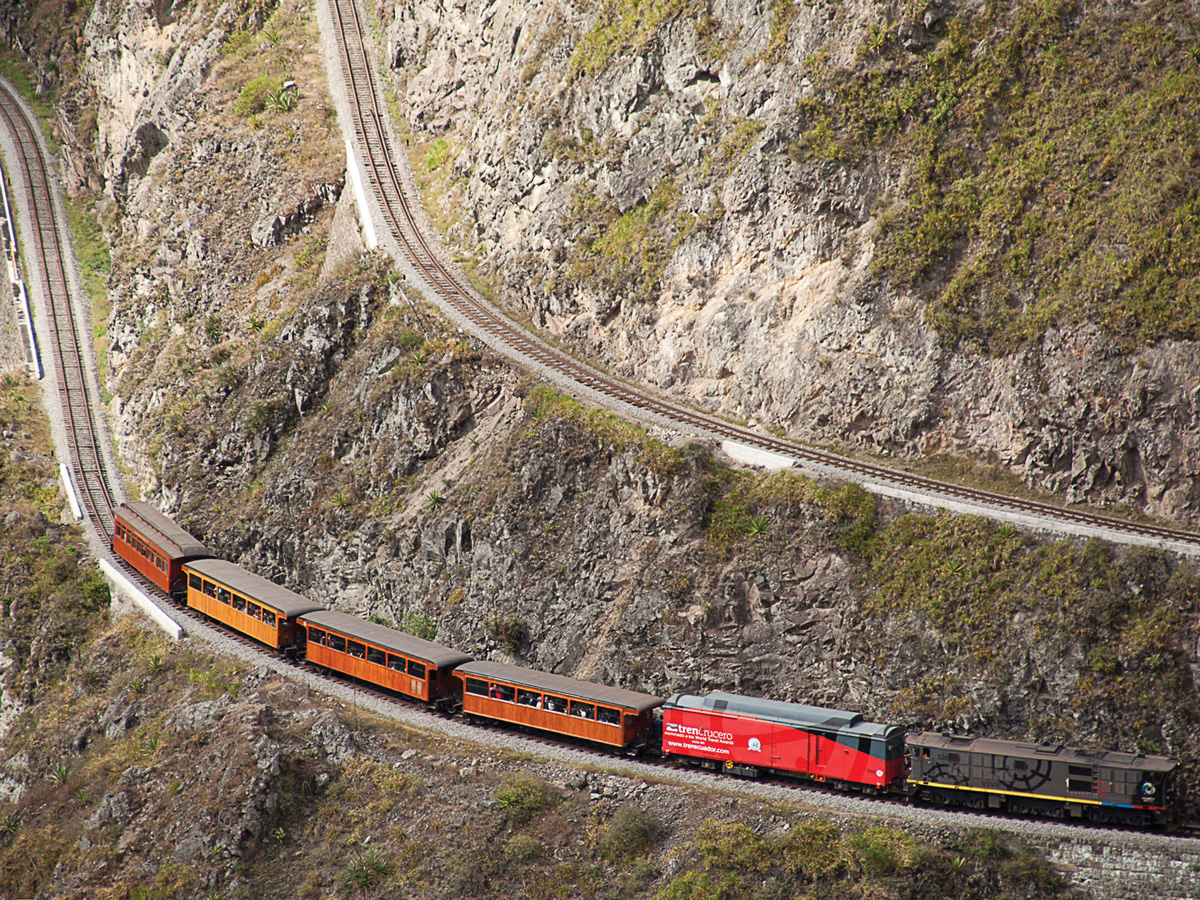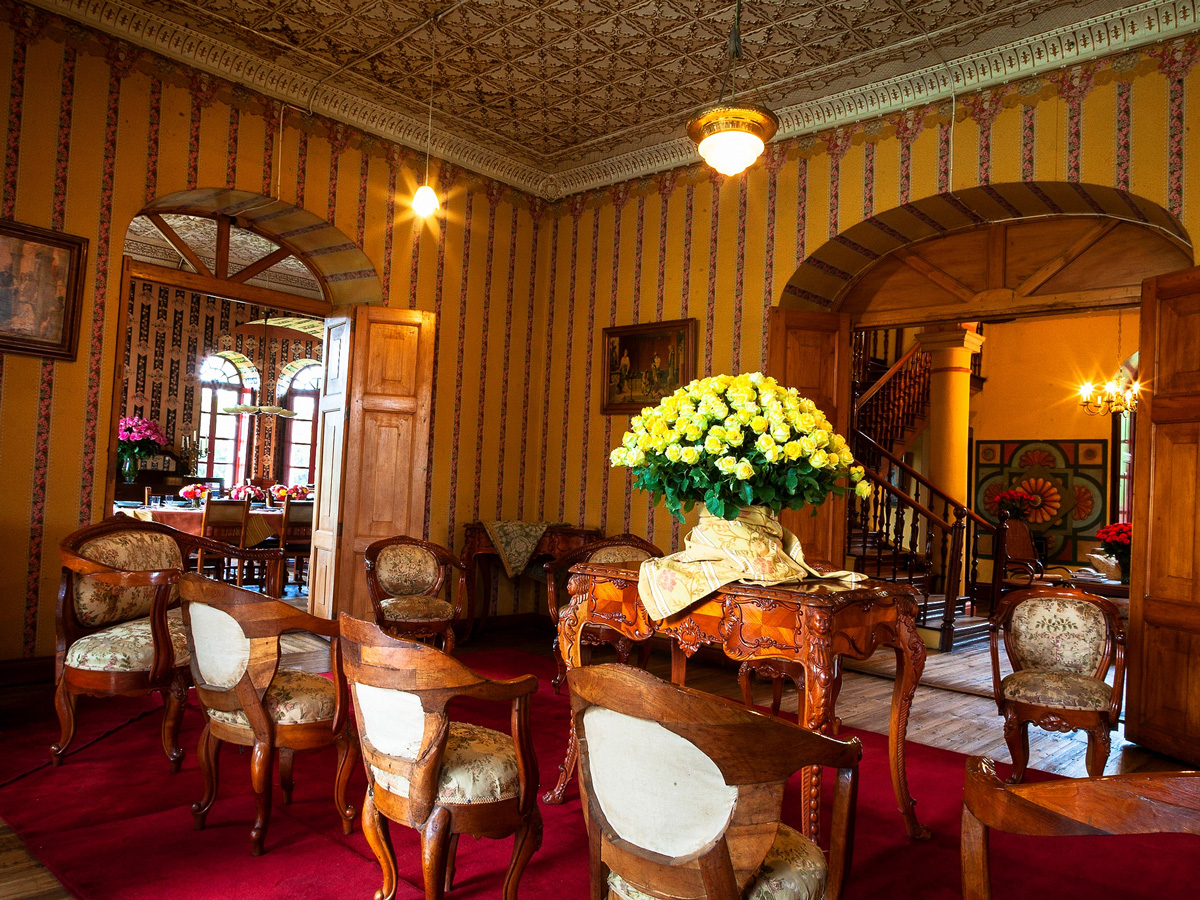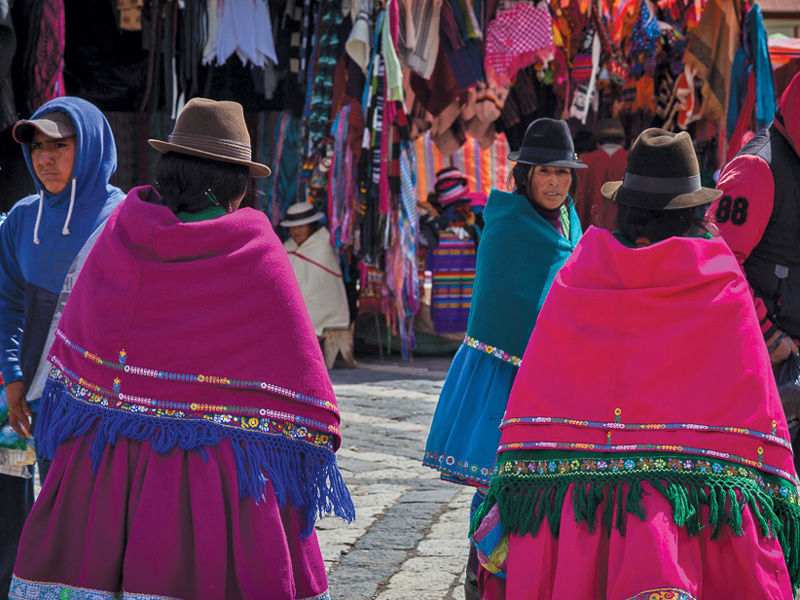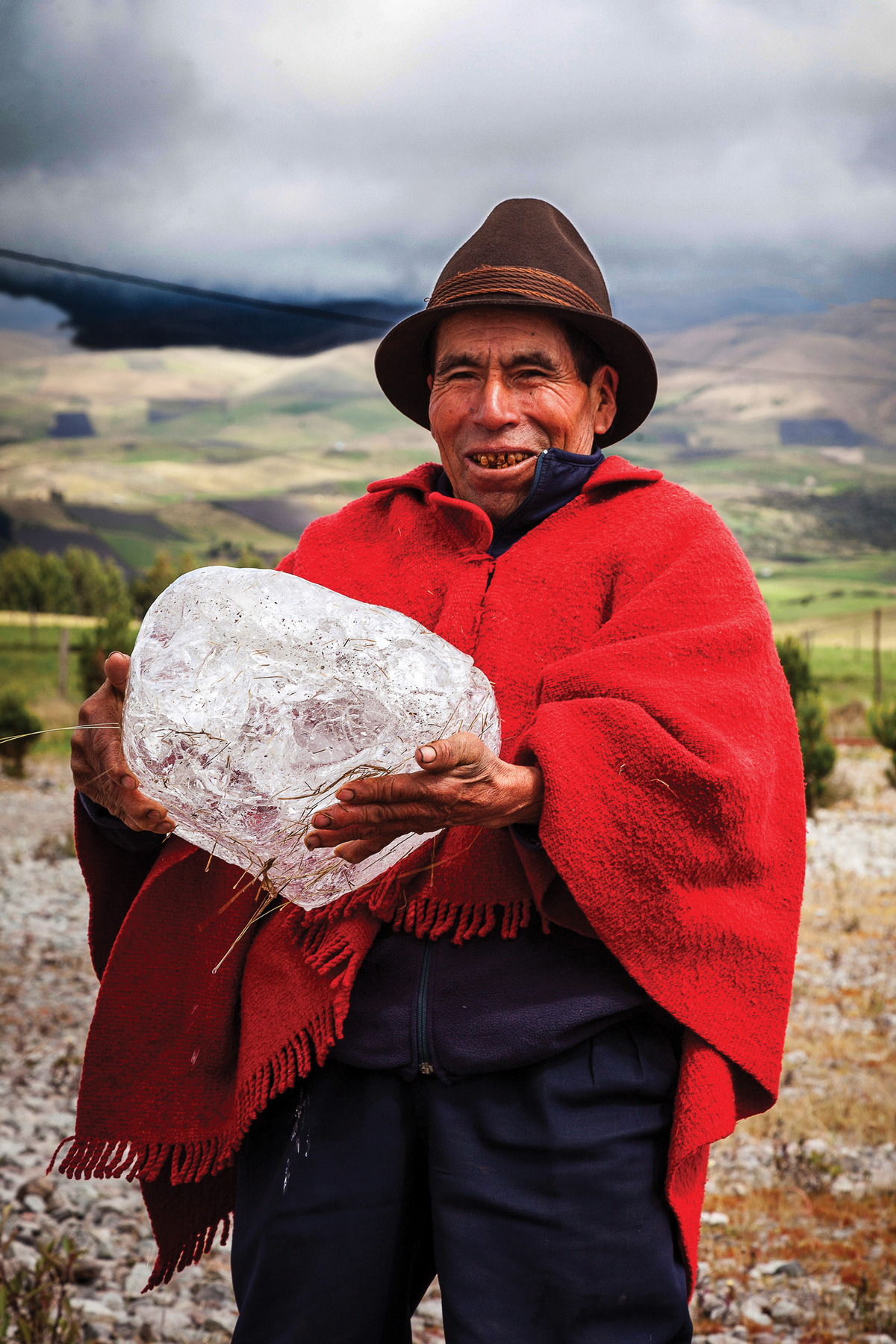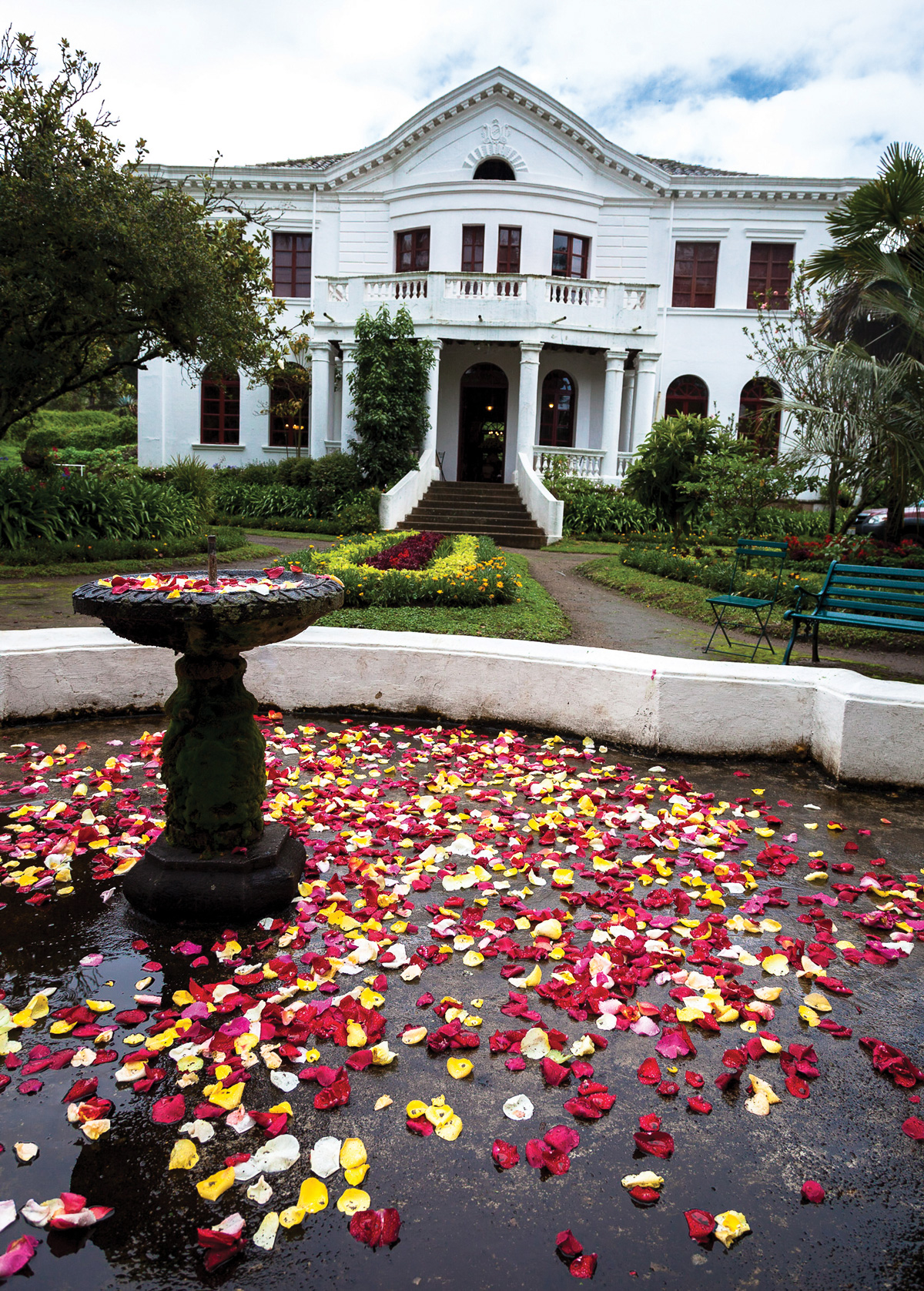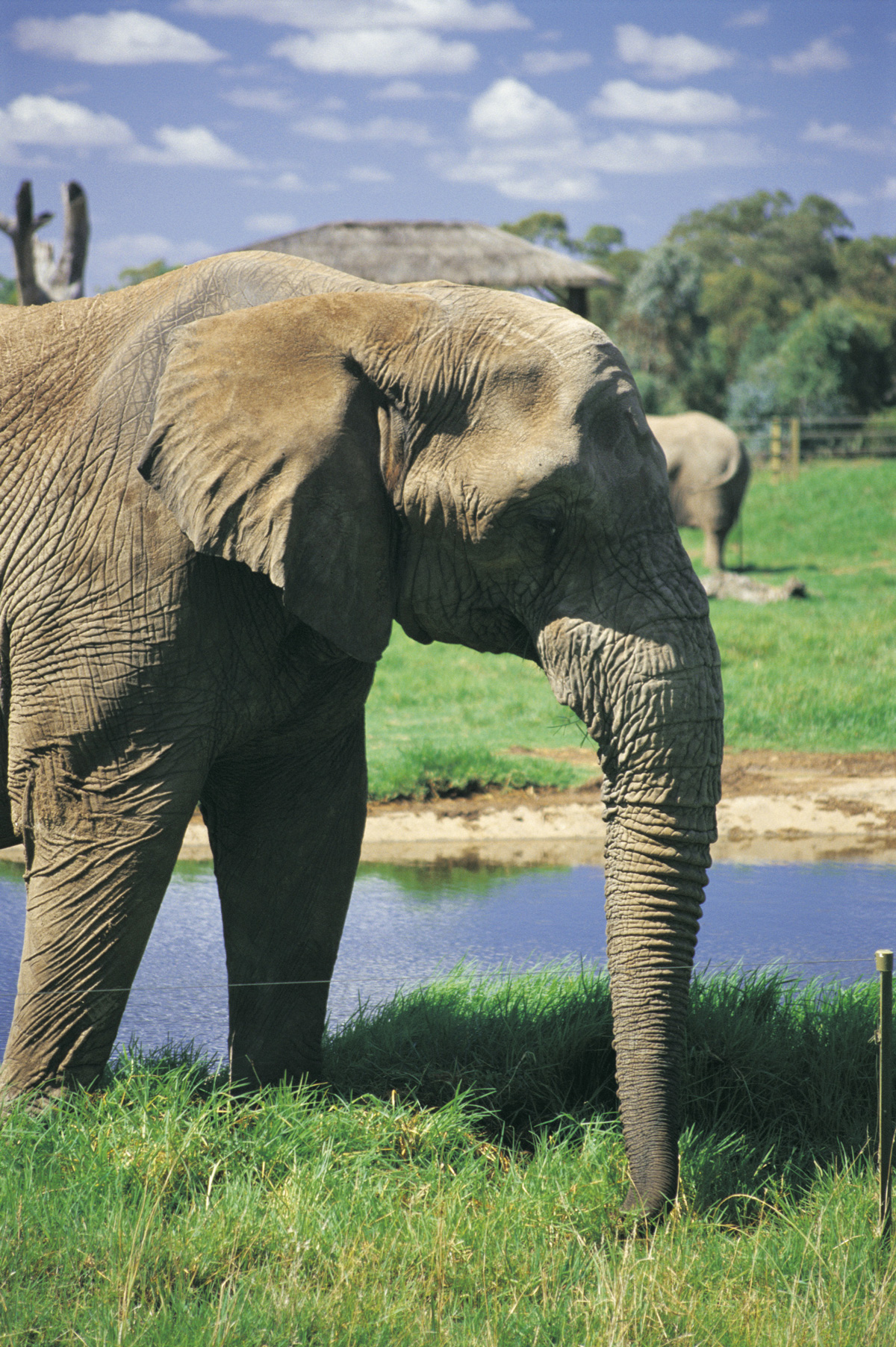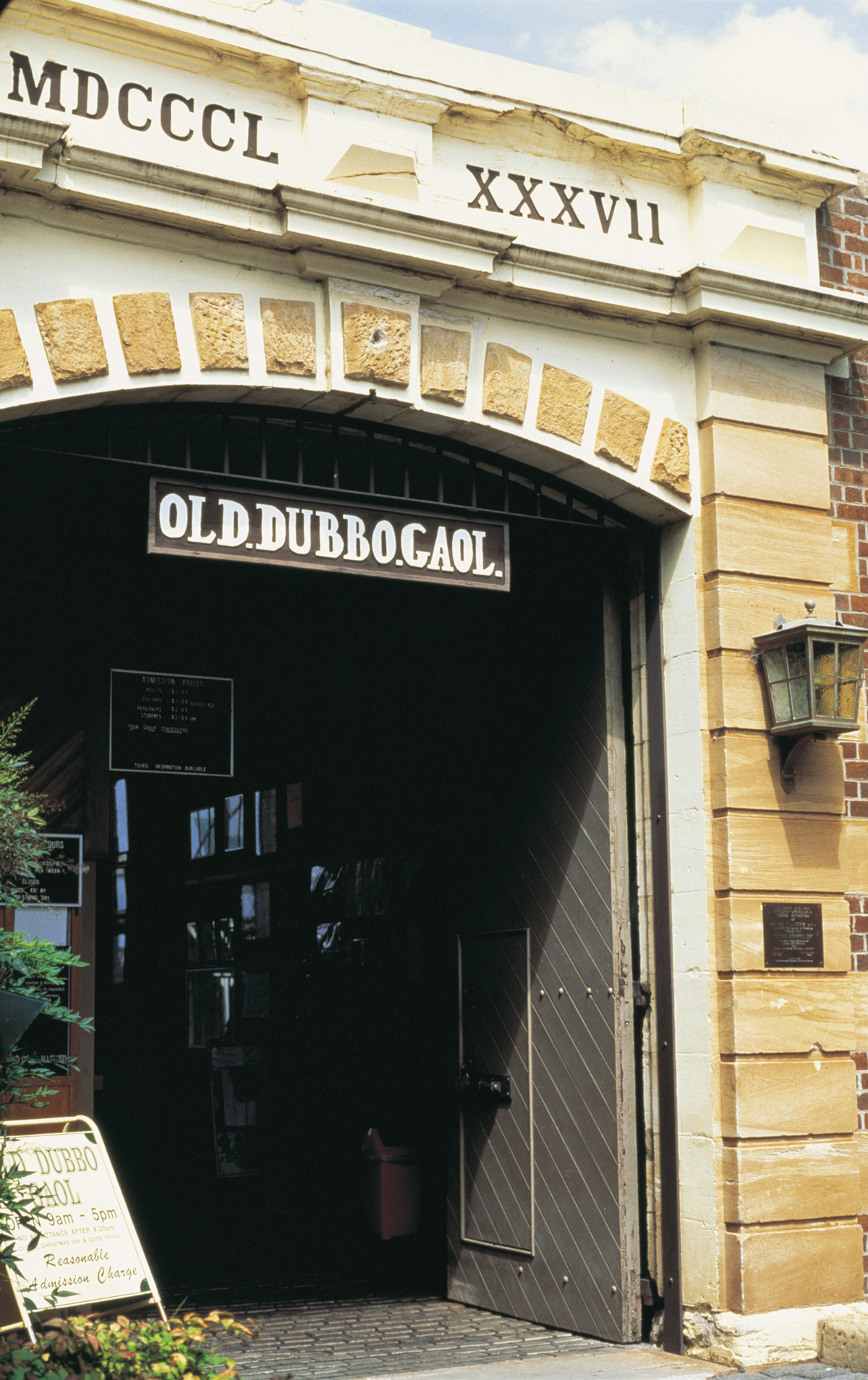Whether it’s the quantity and quality of the snow; the unrivalled choice of well-groomed beginner and intermediate runs, expert double blacks, challenging chutes, and terrain parks, the lack of lift lines, or simply the Wild West experience that gets your adrenalin soaring, these winter destinations tick all the boxes. A visit to the ‘Real America’ in winter may mean getting up close to the unique wildlife such as buffalo, elk, moose, and wolves, straddling a saddle to belly up at the bar, or resting your head in an historic lodging or slope-side luxury, all with a heaped serving of supersized Western hospitality.
The scenery is equally compelling. From the mountain passes and dramatic peaks of Wyoming’s Teton range and the volcanic geysers of Yellowstone, to Montana’s rugged and beautiful Gallatin Gorge, Big Sky country, and Glacier National Park, it’s a scenic drive truly worthy of the name and as fulfilling an experience as the destinations themselves. The CEO Magazine took a memorable road trip to find out why increasing numbers of Australians are keen repeat visitors at ski resorts where the wild things are.
Jackson Hole Mountain Resort, Jackson Wyoming
Jackson Hole has a worldwide reputation for its challenging advanced terrain, authentic cowboy attitude, and proximity to famed Yellowstone and Grand Teton National Parks. But there’s so much more to Jackson for Australian skiers and boarders.
![Ski Jackson Hole]()
Jackson Hole signage
Direct flights to Jackson from Los Angeles, San Francisco, and Dallas make it a seamless trip for those who want to be on the slopes the day after they leave Australia.
Revelling in the late season dump of snow bringing the year’s total to more than 762 centimetres, we trialled the brand new Teton Quad Chair Lift, which has opened up more intermediate terrain and easier access to experts-only back country. We found the extra long groomed runs a great warm up for the more challenging black (in other resorts, double diamond black) lines for which the resort has earned its reputation.
Ride the famous red Aerial Tram to the summit (and back down, if skiing the mountain is not an option) of Rendezvous peak for the views alone; and the waffles at Corbetts Cabin. The legendary chute where the most daring (or foolhardy) skiers gain serious bragging rights or retreat in fear — Corbetts Couloir — is also mesmerisingly visible from the safety of the tram.
The local wildlife is not an optional extra but something you’re more than likely to experience without trying. The US’s only National Elk Refuge, a tract of land protecting a wild elk herd numbered in the thousands is minutes from Jackson and the herd often visible from the road. We came across moose crossing the road (yes, to get to the other side, where two more moose were grazing) and a wolf running along a culvert toward the trees. If accidental encounters like these aren’t enough, half-day wildlife tours will give you a naturalist’s expert introduction to the local fauna that abounds in winter.
Food in both Jackson and on the slopes is a welcome culinary world away from the usual fare found in ski resorts. A new casual dining outlet, Piste Mountain Bistro at the top of the Bridger Gondola features healthy and locally sourced dishes; and a few metres from the base of the lifts you’ll find restaurant choices for every taste that stack up against any in the city for menu and wine offerings. Try Villaggio Osteria for creative Italian, Spur for tasty American family-style dining, or the very civilised indoor/outdoor Ascent Lounge at Four Seasons for après drinks.
The range of accommodation available at Jackson, or on snow at Teton Village, will suit any budget or preference. At the top end, the resort’s own range of lodging offers a choice of exclusive slope-side corporate houses, set front and centre to the action, or spacious apartments for families just a few minutes easy drive from both the lifts and the centre of Jackson with its bars, restaurants, and art and craft galleries. Hotel choices are many but to stay with the Western vibe, we tried the historic Wort Hotel located in downtown Jackson, an awarded small boutique lodge. Regular live music nights showcasing authentic bluegrass music in the Silver Dollar Bar attract a loyal cross section of local cowboys and girls. If you play your cards right you may just be asked to swing dance. If ski in/ski out is a non-negotiable requisite, the best choices are the top shelf Four Seasons Hotel and Teton Mountain Lodge or Spring Creek Ranch, which is a short drive from the slopes and offers seclusion and views to the Tetons.
Travelling with family members or friends who are not into downhill snow sports doesn’t have to mean they settle for a good book and a fire. Take a full day dogsled trip to the hot springs, enjoy a sleigh ride through the Elk Refuge, admire or shop for unique Western art, bespoke cowboy hats, clothes by local designers, and watch some of the US’s best country, bluegrass, and rock music at regular festivals throughout the season or in local venues.
Grand Targhee Resort, Alta Wyoming
Our next stop was an hour’s spectacular drive from Jackson over the Teton Mountain pass to the western side of the range. Grand Targhee, relatively little known to Australians, is a favourite with US locals and savvy international skiers and boarders. Often boasting heavier snowfalls and more powder than many better-known resorts, it has an excellent range of primarily intermediate terrain offering a great experience for all abilities. It is a laidback family-style resort that delivers the goods without the glitz.
![Ski where the wild things are - image]()
Snowcat skiing is available from Grand Targhee across 243 hectares of untracked powder; or try an evening snowcat tour for a mountain sunset, stargazing and to hear about wildlife, history, and local legends.
On a clear day, the view to the Teton peaks is nothing short of stunning. Don’t miss a visit to the avalanche dogs at the top of the Sacajawea Lift. On Saturdays, the ski patrollers and dog rescue team demonstrate how they find skiers and snowboarders in the event of an avalanche. Snowcat skiing is available from Grand Targhee across 243 hectares of untracked powder, or try an evening snowcat tour for a mountain sunset, stargazing and to hear about wildlife, history, and local legends.
All the services and facilities you would expect are provided on a smaller scale in the compact but complete base village, including an excellent ski school. Accommodation from lodges and condos to hotel rooms is available slope-side, in the nearby towns of Alta or Victor, with easy mountain access for a less expensive option. Or you can do a day visit, as we did, from our base at Jackson Hole.
Big Sky Montana
![Ski where the wild things are - image]()
The drive from Wyoming to Big Sky in Montana, located an hour from the major city of Bozeman, is about eight hours of road trip magic from Jackson Hole. It is the ideal way to combine a rest before the next skiing adventure, with a trip through one of the most diverse and magnificent American winter landscapes. Big Sky and adjacent Moonlight Basin merged in 2013 to offer a combined 2,347 hectares of terrain, only now beaten to the title of largest US ski resort by the newly linked Park City and Canyons resorts in Utah. The terrain, although skewed toward advanced skiers and boarders, is so vast that even the choice of intermediate groomers and beginner slopes appears never-ending. The resort is less well known to Australian skiers and boarders but the characteristic lack of lift lines everywhere, except at the base of the Lone Peak Tram on a fresh powder day, will make it a resort to add to everyone’s top must-visit list and, even more tempting for value-conscious families, children under 10 stay free at resort-run accommodation.
We ski much of the available intermediate terrain from the high speed quad lifts over three thrilling days and often have the unnerving experience of being the only visible inhabitants of the still untracked corduroy on the many long tree-lined groomed slopes. But if a ski or boarding challenge is what you’re here for, you won’t be disappointed. The Lone Peak Tram delivers advanced and expert skiers to a choice of narrow chutes, and steep double black diamond runs peppered with rocks, worthy of ski-porn movies, with names to match, such as Hell Roaring, Hells Acre, and Rips.
For non-skiers or as a welcome break from the downhill activity, try snowcoach or snowmobile tours to see Yellowstone National Park’s geysers, hot springs, and variety of wildlife including bison, elk, moose, and even wolves. There’s also the Big Sky zipline experience, ice-skating, sleigh rides, or snow-shoeing for a change of pace.
The three star Huntley Lodge is modest but comfortable and centrally locatedwith restaurants, cafes, bars and lounges on the property. Other accommodation ranges from huge and luxuriously appointed private homes available for rent slope-side at the famed celebrity enclosure of the Yellowstone Club, to modern condos and apartments in the Big Sky and Madison villages, or at the base of the mountain at Meadow Village. Similarly, the people who frequent the resort vary from very well-heeled celebrities such as Kim Kardashian to families who return annually from Canada, the US and now increasingly, Australia.
Whitefish, Montana
Three glorious skiing days and one snow dump later, we thanked the snow gods and returned to the road for the last leg across the true Big Sky country of Montana to Glacier Country and the northern resort town of Whitefish. It’s another eight-hour drive but one that is enjoyable, scenic, and easy to negotiate. Although far from the mainstream resorts, in both distance and atmosphere, Whitefish is on the so-called ‘powder highway’; close to both Calgary and Fernie in Canada and accessible by Amtrak, road, or the nearby airport at Kalispell. It offers great snow, good value for families, and plenty for Aussie skiers and boarders to make a visit worthwhile.
![Whitefish Montana - image]()
The town of Whitefish lies at a much lower elevation than Jackson, Big Sky, and other popular US resorts and the mountain itself is lower at the peak, so it’s much easier to acclimatise to any effects of altitude.
With an elevation of more than 2,000 metres and an average snowfall of 700+ centimetres, this intimate resort is bigger than it looks, offering more than 1,200 hectares of excellent bowl and tree skiing and is evenly split between intermediate and advanced terrain, with enough steep and deeps and five-terrain parks to keep both experts and boarders happy. The local slogan, “we measure acres per skiers, not skiers per acre” says it all. It’s plenty wild too, with part of the mountain closing early each year on 1 April, to protect the grizzly bear habitat.
Hidden Moose Lodge is a 15-minute drive from the mountain. The huge roaring fire, visiting deer, and cozy western-styled decor make this a relaxing option for couples and families who want more than a hotel room and need easy access to both town and the slopes. Alternative accommodation is available in town, just eight kilometres away by shuttle, or in spacious on-snow condos at the small base village at reasonable rates.
The town has a good selection of eateries, a craft distillery, and decent coffee, which appeal to the lifestyle choice population and the huge summer visitor influx for nearby Glacier National Park. Whitefish is an attractive all-round alternative for powder hounds, families, and skiers and boarders looking for value, or to experience more than the mega-resorts on a ski trip to the US in the northern winter.



























 Château Grand Barrail hotel outside Saint-Émilion
Château Grand Barrail hotel outside Saint-Émilion lace du Marché in Saint-Émilion old town
lace du Marché in Saint-Émilion old town La Grande Cave wine shop in Saint-Émilion
La Grande Cave wine shop in Saint-Émilion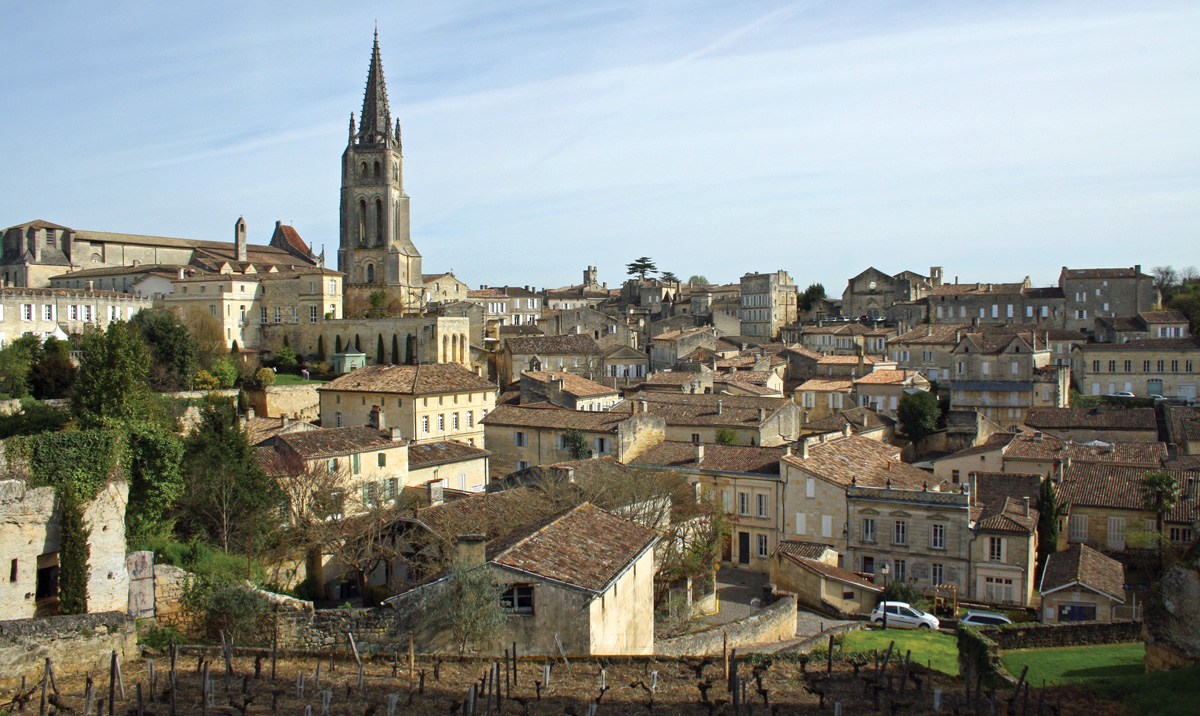 Saint-Émilion old town
Saint-Émilion old town Vineyards below the old walls of Saint-Émilion town
Vineyards below the old walls of Saint-Émilion town
